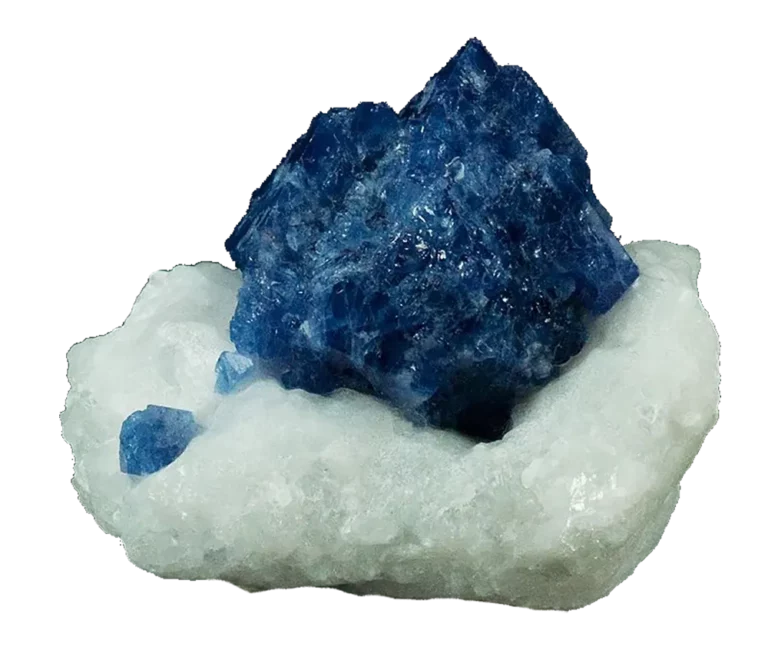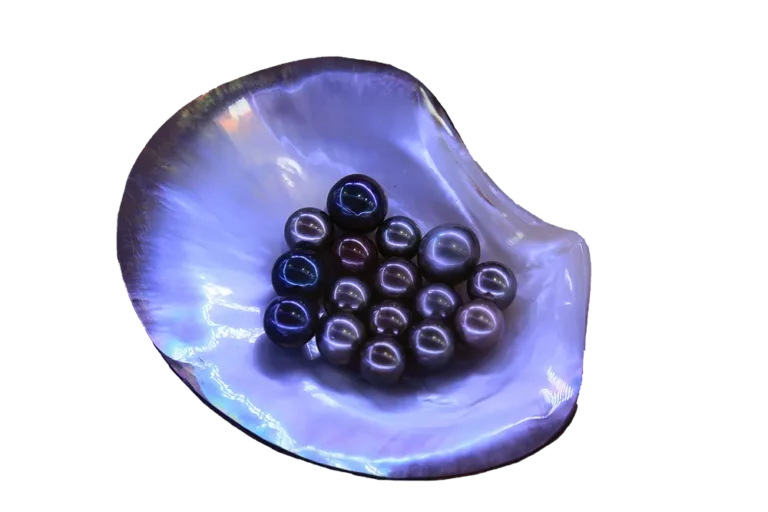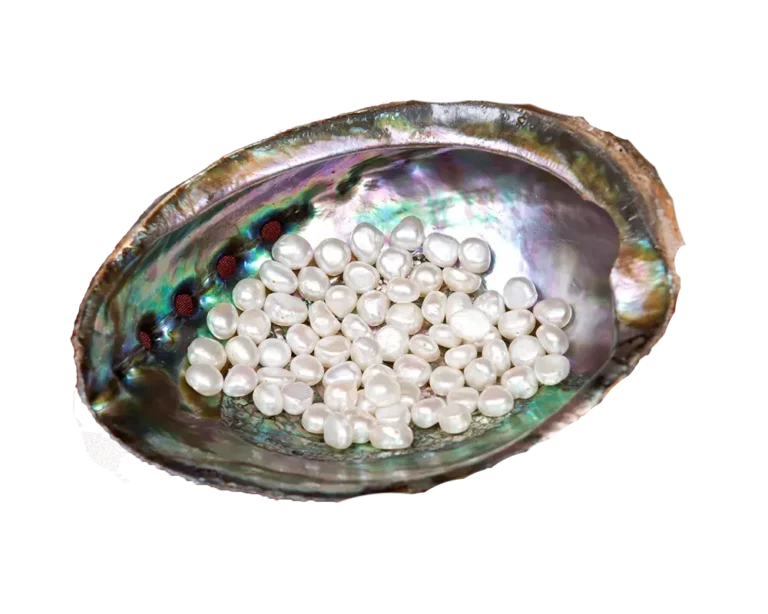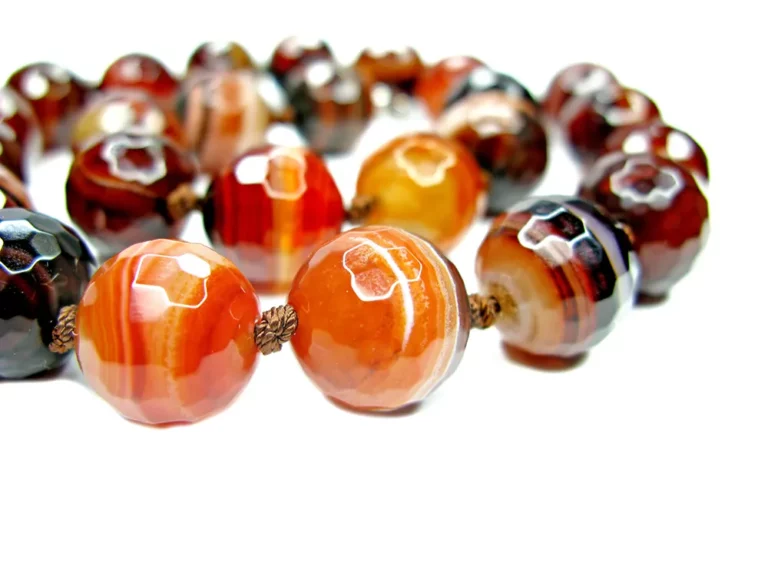Chrysoberyl Stone: Properties, Benefits & Meanings
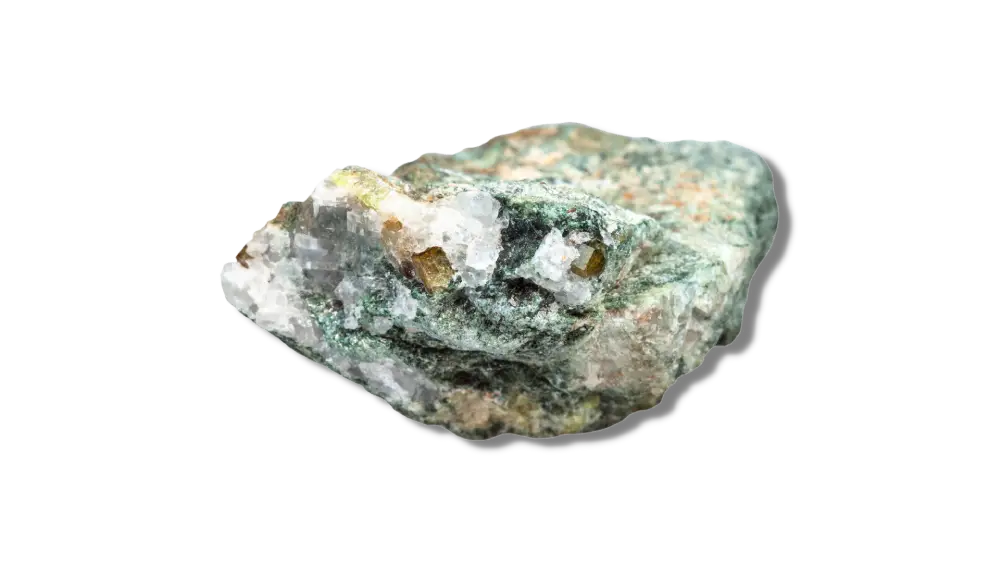
Chrysoberyl Stone Overview
Chrysoberyl stone is a rare gemstone that has been considered one of the most beautiful and valuable in the world for centuries.
In addition to being an incredibly precious material for jewelry designers (and anyone else who loves jewelry), this stone is incredibly tough, making it quite useful in various fields.
It is most famous for its Alexandrite variety, one of the world’s most expensive stones. But it is also well known for its spiritual capabilities and metaphysical powers.
This article will take a look into the properties, meanings, and types of Chrysoberyl stone.
What Is A Chrysoberyl Stone?
Chrysoberyl stone is a rare and beautiful gemstone that is also known as “chrysolite.” It has been known by many other names throughout history, including chrysoprase, golden beryl, or cat’s eye.
It is said to symbolize wisdom and good fortune, often worn by those of high status. It is mainly connected to the heart chakra but also has some faint connection to the third eye chakra.
The chemical composition of Chrysoberyl includes beryllium aluminum silicate and the formula is BeAl2SiO4. It can be found in many different colors, including yellow, green, blue, red, and brown.
It has a hardness of 8.5 to 9 on the Mohs scale and is transparent to translucent. The name Chrysoberyl is derived from the Greek words meaning “gold” and “to shine.”
Meaning and symbolism
Chrysoberyl stone is a symbol of wisdom and good fortune and has historically been used to protect against psychic attacks. It’s also considered an excellent stone for healing emotional wounds, bringing clarity to your communication, and helping you find your true self.
Because Chrysoberyl is associated with the sun, it’s considered a powerful stone for meditation. Those who meditate with this stone often experience enhanced feelings of peace and contentment. This can be somewhat helpful if you’re feeling overwhelmed by stress or anxiety in everyday life.
Chrysoberyl Appearance
The color of Chrysoberyl stone is usually light to dark green but can also be yellowish-green, brownish-yellow, reddish-brown, or colorless. The gem has no eye-visible inclusions.
Chrysoberyl is transparent to translucent in clarity and shows pleochroism from colorless through yellow to red; it may also be bluish for some stones with significant amounts of iron impurities.
Varieties of Chrysoberyl
Chrysoberyl has three main varieties: Ordinary yellow-to-green Chrysoberyl, Cat’s eye, and Alexandrite.
1. Ordinary Chrysoberyl (Yellow-Green)
This is the most common variety of Chrysoberyl stone and comes in various colors. Ordinary yellow-to-green Chrysoberyl has been known since antiquity, and it is one of the most common stones in jewelry.
Ordinary Chrysoberyl is also known as “chrysolite”. It was first discovered in Brazil and then later found in India. Chrysolite is a hard material that can be used to make jewelry. It has been used for thousands of years because of its beautiful color and durability.
Chrysolite was named after a Greek word meaning “golden beryls” because it resembles a combination of golden beryl (beryl) and emerald.
The best chrysolite comes from Brazil or Sri Lanka; however, you may also find some good quality stones in Africa or Australia.
2. cymophane (Cat’s Eye)
This type is also known as Chatoyant Chrysoberyl because it looks like a cat’s eye, with a reflective surface that makes it look like there are two colors—one on either side of the stone’s center.
Cat’s eye or cymophane is a semi-precious gemstone that is usually yellowish-green in color. However, it is also be found in shades of blue and brown, with rarer colors including red, pink, or orange.
A unique feature of this stone is its chatoyancy, or cat’s eye effect: the way light reflects off of it and makes it appear to have a sheen reminiscent of a cat’s eye.
It also has piezoelectric properties (it generates an electric charge when pressure is applied) and is often used in thermostats.
Cat’s eye is found in many different parts of the world, including Brazil, India, and South Africa.
Cymophane has a hardness of 8-8.5 on the Mohs scale. The word “cymophane” means “wave-bearer”, which is a reference to its appearance when cut and polished.
Cymophane is generally transparent with a vitreous luster, though it can be translucent if it’s cloudy or murky. It has an orthorhombic crystal system and is chemically beryllium aluminum oxide (BeAl2O4).
3. Alexandrite
With its intense green color, this varietal is extremely rare to find on the market today. Alexandrite is a rare gemstone. It is a type of Chrysoberyl, which means it’s a mineral that has beryllium and aluminum in it.
The name “alexandrite” comes from the fact that it was first discovered in Russia’s Ural Mountains in 1830, the day after St. Alexander’s feast day (November 17). It is a scarce stone found in small pockets worldwide.
Alexandrite has been used for hundreds of years as an ornamental stone. It was discovered in 1830 by the Russian mineralogist Alexander Popov, who named it after his countryman, Czar Alexander II of Russia.
The stone’s color varies between red and green depending on the light source and the angle at which it’s viewed. This makes it an especially prized gemstone because it can be worn with any outfit or occasion!
The color change when viewing an Alexandrite depends on whether light gets absorbed by electrons or reflected from them. If light gets absorbed, then the color of the stone changes from green to red; if reflected, it changes from red to green.
Alexandrite is often cut into cabochon or faceted gemstones for jewelry making.
Physical Properties
| Mineral Group | Beryllium |
| Formula | BeAl2O4 |
| Chemical name | Aluminate of Beryllium |
| Color | Green, Yellow, Blue |
| Hardness (Mohs scale) | 8.5 |
| Refractive Index | 1.744 – 1.755 |
| Fracture | Conchoidal to Uneven |
| Luster | Vitreous |
| Specific Gravity | 3.75 |
| Transparency | Translucent, Transparent |
Where Can You Find Chrysoberyl Stone?
Chrysoberyl is found in many locations, including:

How Is It Formed?
Chrysoberyl stone is an aluminum oxide mineral found in pegmatite, a type of rock that forms from the cooling and crystallization of magma. Pegmatites are often associated with granite intrusions.
Chrysoberyl stone can also be found in metamorphic rocks, but not as often as in pegmatites. It can be found in both igneous and sedimentary rocks, but it’s never seen in coal deposits or hydrothermal veins.
It has a hardness of 8.5 on the Mohs scale, so it can be scratched by corundum and titanium oxide but not by calcite or quartz. It’s also transparent to translucent under normal lighting conditions—it looks like glass in daylight but appears more opaque at night because of its reflective properties.
How To Tell If A Chrysoberyl Is Real?
Scratch Test: You can use a sharp object, such as a knife, to scratch the surface of your Chrysoberyl. If it breaks or scratches easily, it’s most likely fake. In contrast, real Chrysoberyl will not be marked easily by most sharp objects except another piece of real Chrysoberyl or a harder gemstone.
Color: Real Chrysoberyl stone has a deep green color with flashes of yellow and red throughout its body. It is probably fake if your stone does not have these colors because only natural stones possess this quality.
Luster: The luster of real Chrysoberyl should be glassy or metallic when cut correctly. If yours looks dull or murky instead of shining brightly in specific light sources like sunlight
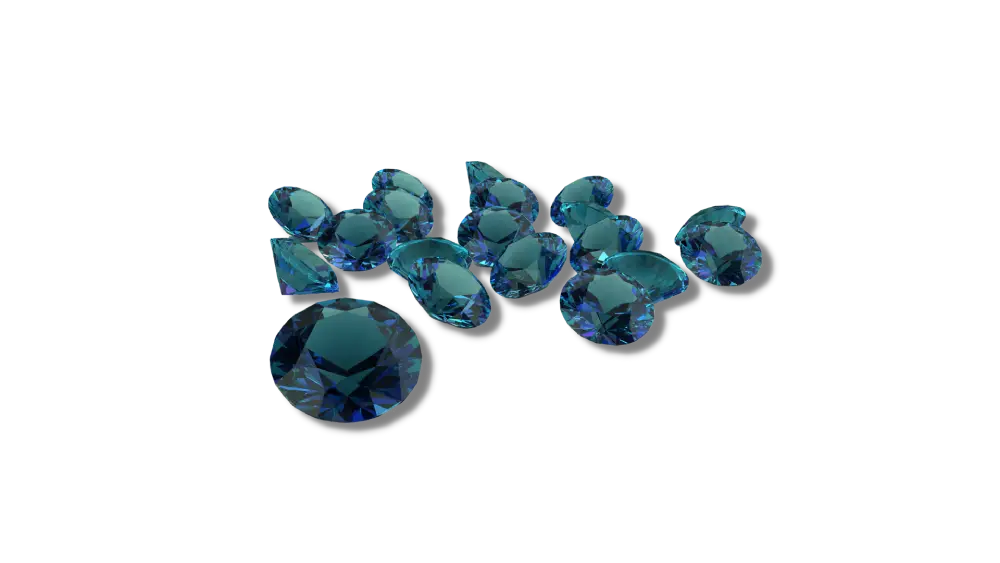
Chrysoberyl Value
The cost of Chrysoberyl stone varies depending on the size and quality of the stone and its cut.
Size: The carat weight of Chrysoberyl stone can also affect its price—the more carats the stone has, the more expensive it will be. Smaller stones will be less expensive than larger ones with similar qualities.
Color: Chrysoberyl is a rare, beautiful stone that can be found in different colors but is most valuable when green.
Quality: Factors that affect quality include color intensity (how much green pigment is present), clarity level (how clear the stone’s interior is), and cut grade (the symmetry of its faceting).
These characteristics determine whether an individual piece falls into the top-, middle- or low-grade category; higher grades mean higher prices for consumers but may also indicate extra value for those who plan on reselling their gems later on down the road.
Cut: Chrysoberyls are found in many different sizes and shapes. The most common include round, princess-cut (like marquise), pear shape, or emerald cut.
The cut of a Chrysoberyl stone dictates how much light is reflected from its surface, which determines how bright and colorful it will appear when set into jewelry.
The best cuts for Chrysoberyl maximize the amount of light reflected from its surfaces, such as round or princess-cut stones. These cuts maximize the light reflected to your eye, making them appear brighter and more colorful than other cuts.

Chakra Connection
Chrysoberyl is a stone that has been used for thousands of years by many different cultures around the world. It is said to be able to help with all kinds of issues, but one thing it’s particularly good at is healing the heart chakra.
The heart chakra connects us to our emotions and feelings, including things like love and anger. When this chakra isn’t functioning correctly, you may feel disconnected from yourself or others; however, when it’s open and balanced, you’ll feel more connected than ever before.
This gem also has a faint connection with the third eye chakra.
Metaphysical Properties
Historically, Chrysoberyl stone has been believed by many to have the following properties:
- Helps you see through illusions by helping you recognize your true nature as a pure spirit. It stimulates mental clarity and increases awareness of your surroundings.
- Known for its ability to bring about stability in your relationships.
- This stone can also be used to strengthen your connection with the Divine, so if you are working on developing your spiritual side, it may be helpful for you.
- Aids in overcoming fear of public speaking and performing in front of others
- Promotes self-confidence when facing challenges or stressful situations
- Helps build self-esteem by boosting feelings of self-worth
Chrysoberyl may also:
- Be used as a protection stone against psychic attacks or other forms of negative energy sent your way by others
- Help you overcome depression and sadness by raising your spirits
Therefore, you should use Chrysoberyl stone when you need an extra boost of confidence or motivation; it will assist you in discovering your inner strength and courage when faced with new challenges or difficult situations.
Chrysoberyl Stone Uses
- Chrysoberyl is a stone found in jewelry and used as a protective stone.
- Many believe that wearing Chrysoberyl helps prevent accidents, especially those involving vehicles.
- Some people also think it helps promote good health and healing for the wearer.
- Chrysoberyl can also be used as an abrasive in the manufacturing process for sandpaper and cutting tools like saw blades.
- Because of its hardness (8 out of 10 on the Mohs scale), Chrysoberyl stone can be used on materials that are very difficult to cut through without damaging them—like glass or metal.
- It can also be used in meditation because of its calming properties; by wearing this stone on your person, you’ll be able to focus more easily on what needs to get done today!
- Chrysoberyl has been used for centuries as an amulet or talisman to ward off evil spirits and protect against illness and injury.
- In addition, because it can be found in many different colors and shades, it’s often used in jewelry pieces along with different gemstones such as spinel, ruby, and jade.
- Chrysoberyl stone has been used as an ornamental stone since ancient times. It has become more prevalent in recent years because it can be cut into large pieces without losing brilliance or transparency.
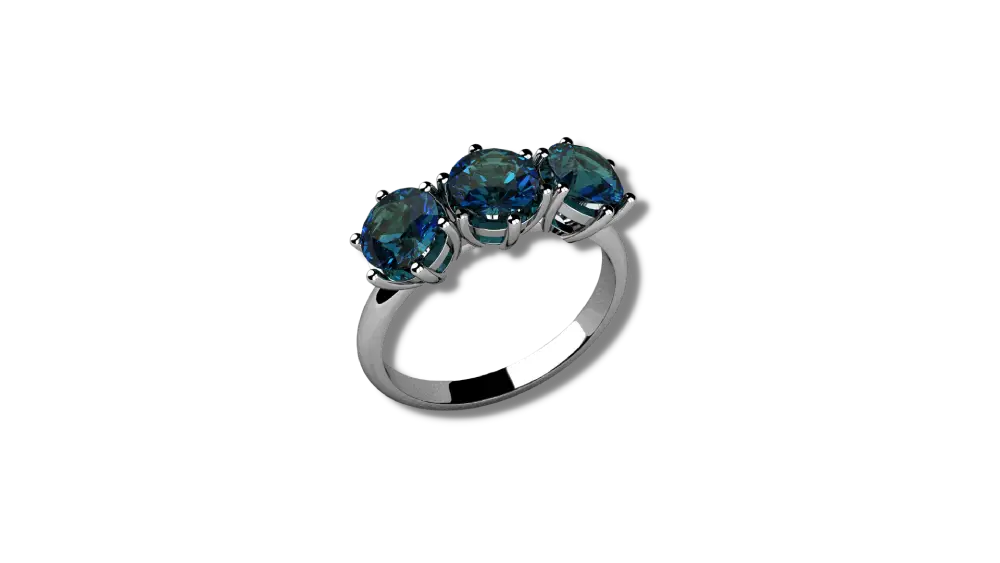
How To Take Care Of Chrysoberyl Jewelry?
The best way to keep your jewelry looking beautiful is by cleaning it regularly. The following steps will help you clean your jewelry:
1) Use a toothbrush to gently scrub each piece of jewelry under warm water or in the sink with mild dish soap. Rinse thoroughly with warm water.
2) If any spots or stains are left on your jewelry after cleaning with soap and water, use the toothbrush to scrub the area more vigorously before rinsing thoroughly with warm water. Refrain from using any abrasive materials such as baking soda or other powders because these can scratch your jewelry’s surface off over time!
3) Polish with a soft cloth if necessary; this will help restore shine but should not be done too often; otherwise, it might damage the finish on your jewelry pieces over time!
FAQs
Is Chrysoberyl a precious stone?
Chrysoberyl is a semi-precious stone.
Semi-precious stones are not as pricy as precious stones, but they are still considered valuable and worth collecting. Chrysoberyl is one such stone, and it can be found in many different colors, including yellow-green, green, and brownish-red.
Chrysoberyl stone is a good choice if you want to invest in a semi-precious stone because it comes in many shades and colors.
Which variety of Chrysoberyl is the rarest?
The rarest variety of Chrysoberyl is Alexandrite. It’s not quite as rare as emerald or diamond, but it’s still pretty unusual.
Alexandrite is a chrysoberyl that changes color depending on the light source. If you shine an LED at it, it looks green; if you shine it with white light, it looks red.
It’s cool to see how different colors appear when light shines through the stone, but unfortunately, there are only a few places where Alexandrite can be found naturally (in Brazil and India). The rest of the time, they have to be grown artificially in labs.
Is chrysoberyl heat treated?
Chrysoberyl is not heat-treated. It is a gemstone that has been around for thousands of years, and it does not need to be treated in any way. Chrysoberyl is a beautiful stone, and we want to keep it that way!
What gemstones go well with Chrysoberyl?
Is lab-created Alexandrite the same as natural?
Lab-created Alexandrite is the same as natural because it’s made from the same material.
Lab-created Alexandrite is created in the lab by recreating the conditions of nature to create the same chemical structure as natural Alexandrite. In this way, lab-created and natural are exactly the same.
The only difference between lab-created and natural is that lab-created uses manmade chemicals to make the crystal. In contrast, natural stones are formed naturally over thousands of years in the earth’s crust.


